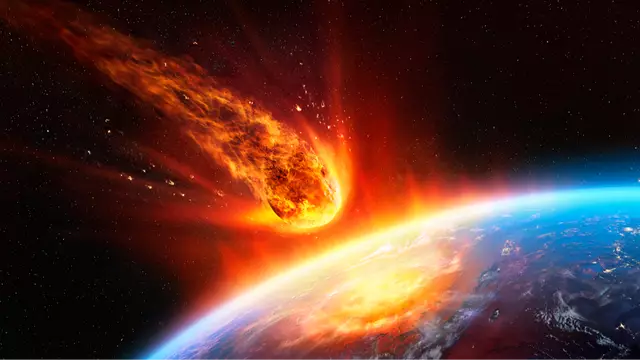The asteroid that had people fearful for their lives is now very unlikely to strike the planet,… but scientists reveal it could still pose a very real threat.
There was certainly asteroid fear-frenzy bubbling about earlier this year, with many fearful of what could become of the planet thanks to asteroid 2024 YR4.
It was described as ‘city destroying’, and was only discovered by NASA in late 2024. The space agency has been tracking it ever since.
While the fears of collision with the planet were always very low (we are talking less than 5%), NASA’s latest announced the percentage chance of collision had fallen to as low as 0.004 percent as of February 2025.
The space agency said in a statement: “As observations of the asteroid continued to be submitted to the Minor Planet Center, experts at NASA Jet Propulsion Laboratory’s (JPL’s) Center for Near-Earth Object Studies were able to calculate more precise models of the asteroid’s trajectory and now have updated its impact probability on Dec. 22, 2032 to only 0.004% and found there is no significant potential for this asteroid to impact our planet for the next century.”
.jpg)
.jpg)
We don’t have to worry about this as much now (Getty Stock Image)
But with that said, that doesn’t mean planet Earth is completely out of the woods just yet.
Astronomers have said there still remains a 4.3 percent chance that the 60-meter asteroid could slam into the moon around late 2032. This collision could shower Earth with a wave of shrapnel, and this would cause major issues for satellites in orbit.
Dr Paul Wiegert, of the University of Western Ontario created simulations regarding this possibility and spoke of why it could be a pretty big problem.
Speaking to New Scientist, he said: “We were a little bit surprised at the possibility of there being a substantial amount of material at the Earth.
“Intuitively, the Earth is actually quite a small target when seen from the moon, and so your intuition is that not very much material would actually hit the Earth, but it turns out that the Earth’s gravity can focus that material under certain conditions.”
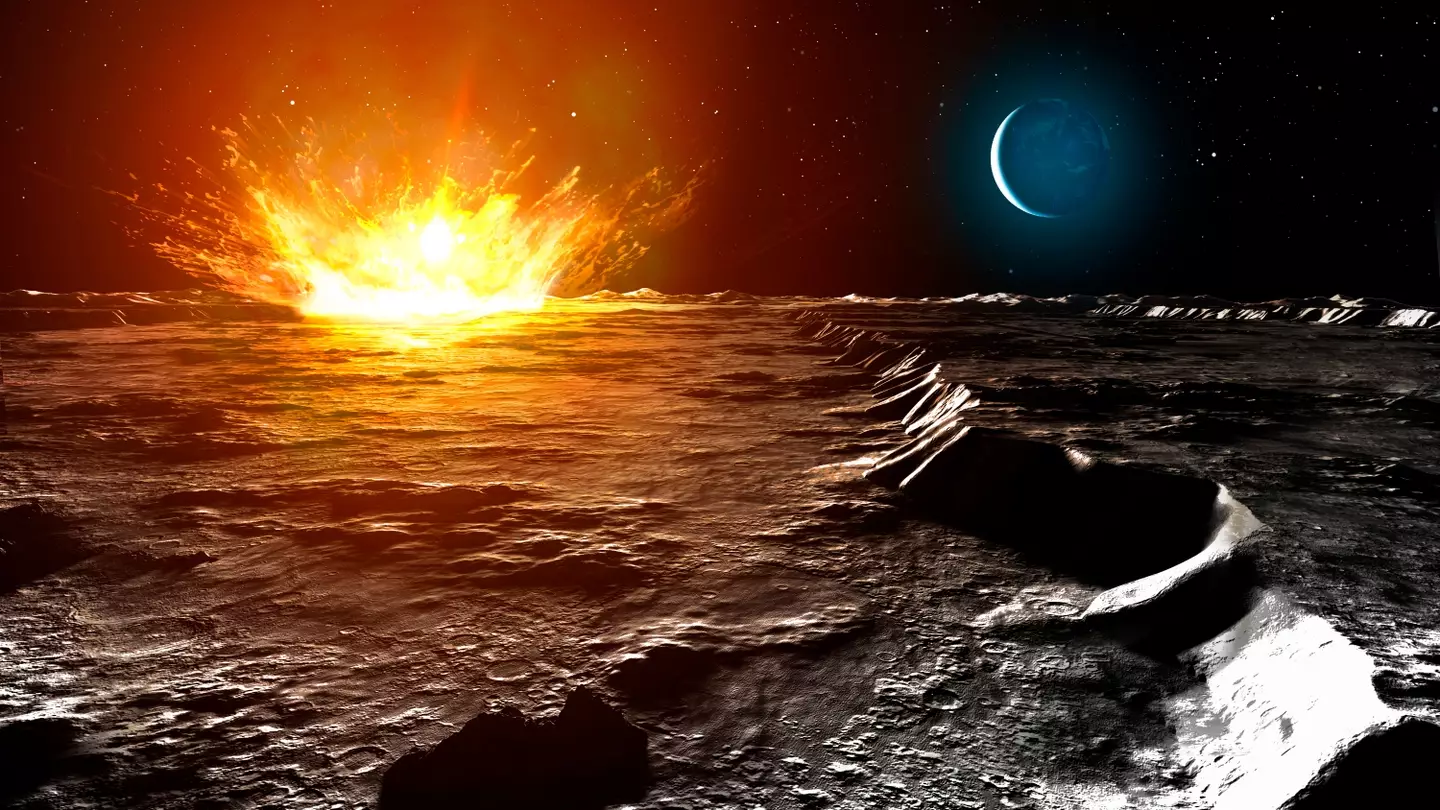

But we do have to worry about this now… (Getty Stock Image)
Wiegart and his team calculated that the asteroid could create a kilometre-wide crater on the moon and this would be the largest lunar impact for at least the past 5000 years.
In the grand scheme of things it is relatively small compared with a typical crater… so that’s good, I suppose.
But this would eject a whole lot of debris into space and damage the satellites the equivalent of what would be expected over decades, in just a few days.
Let’s hope no one needs the internet that day, if this happens.
Featured Image Credit: Getty Images/RomoloTavani
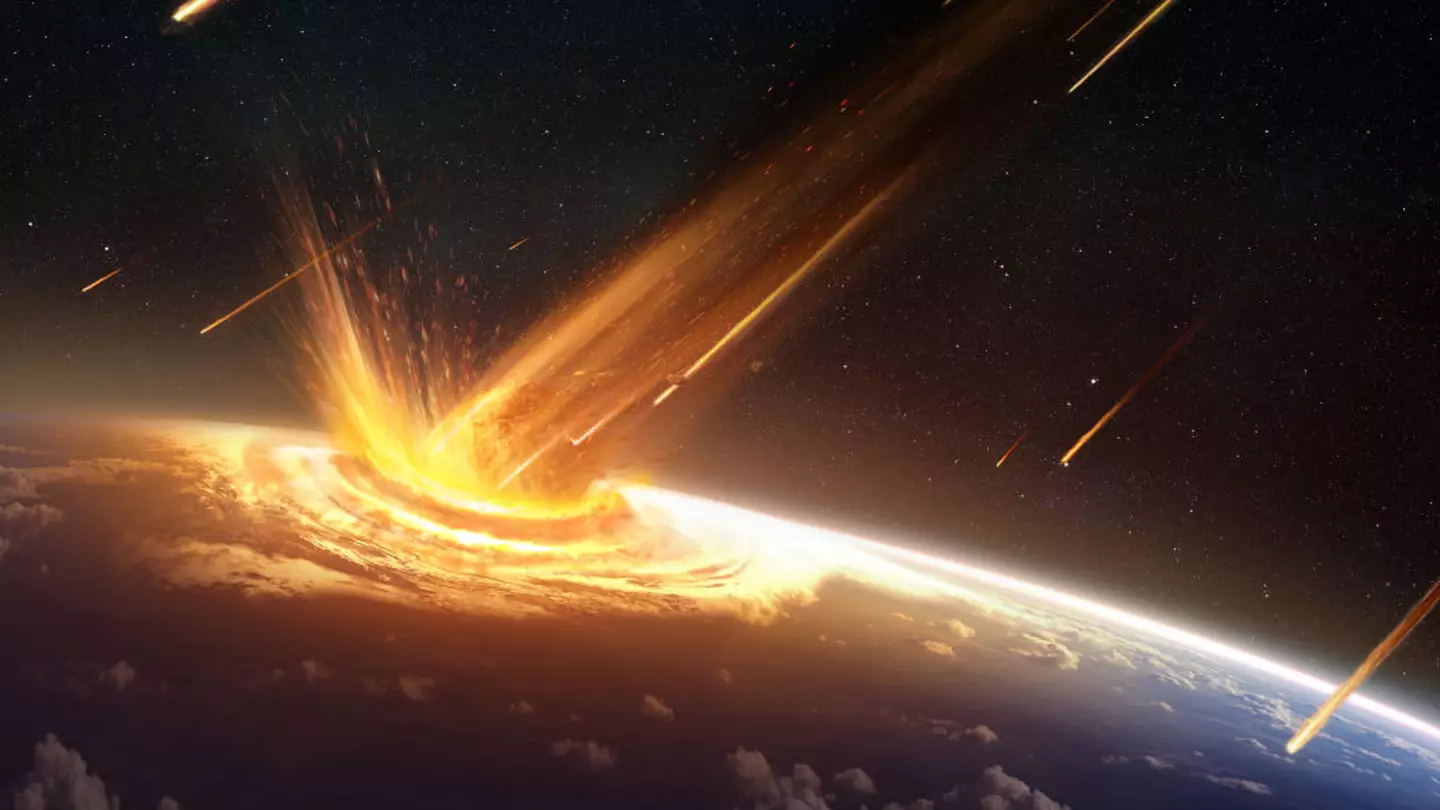

NASA has given an important update on asteroid 2024 YR4.
If you’ve been keeping with up with astronomy news of late, it’s likely you’ll have heard about a ‘city-destroying’ asteroid that’s currently hurtling towards Earth.
2024 YR4 was first spotted after it set off automated asteroid warning systems in December 2024, and astronomers have been tracking it ever since.
According to NASA, the space object measures around 130 – 300 feet across (40 – 90 meters) and should it hit Earth, the force would be hundreds times the force of the Hiroshima bomb.
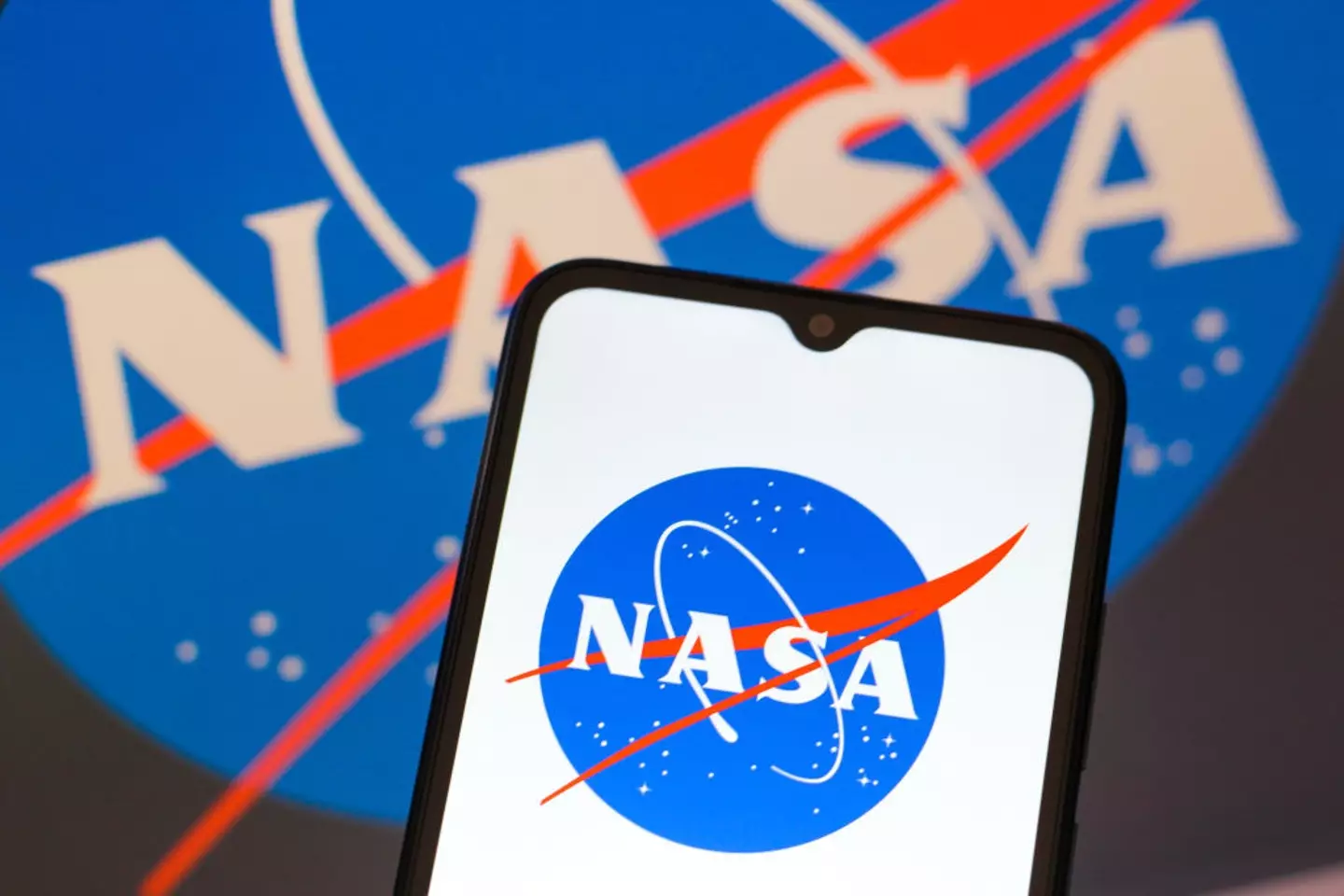

NASA has been tracking 2024 YR4 since December last year (Thomas Fuller/SOPA Images/LightRocket via Getty Images)
Initially it was given just a 1.2 percent chance of colliding with Earth in December 2032, but it wasn’t long until this figure more than doubled.
In a worrying update given last week, the likelihood of hitting our planet was increased to 3.2 percent; making it the biggest threat to Earth in NASA’s history, beating the infamous ‘God of Chaos’ asteroid.
But the ‘God of Chaos’ (officially known as 99942 Apophis) has now regained its titled after 2024 YR4’s chances of hitting Earth have drastically decreased.
In an update issued by NASA yesterday (February 24), the agency said: “NASA has significantly lowered the risk of near-Earth asteroid 2024 YR4 as an impact threat to Earth for the foreseeable future. When first discovered, asteroid 2024 YR4 had a very small, but notable chance of impacting our planet in 2032.
“As observations of the asteroid continued to be submitted to the Minor Planet Center, experts at NASA Jet Propulsion Laboratory’s (JPL’s) Center for Near-Earth Object Studies were able to calculate more precise models of the asteroid’s trajectory and now have found there is no significant potential for this asteroid to impact our planet for the next century.
“The latest observations have further reduced the uncertainty of its future trajectory, and the range of possible locations the asteroid could be on Dec. 22, 2032, has moved farther away from the Earth.”
It continued: “There still remains a very small chance for asteroid 2024 YR4 to impact the Moon on Dec. 22, 2032. That probability is currently 1.7%.”
Anyone else just breathe a sigh of relief?
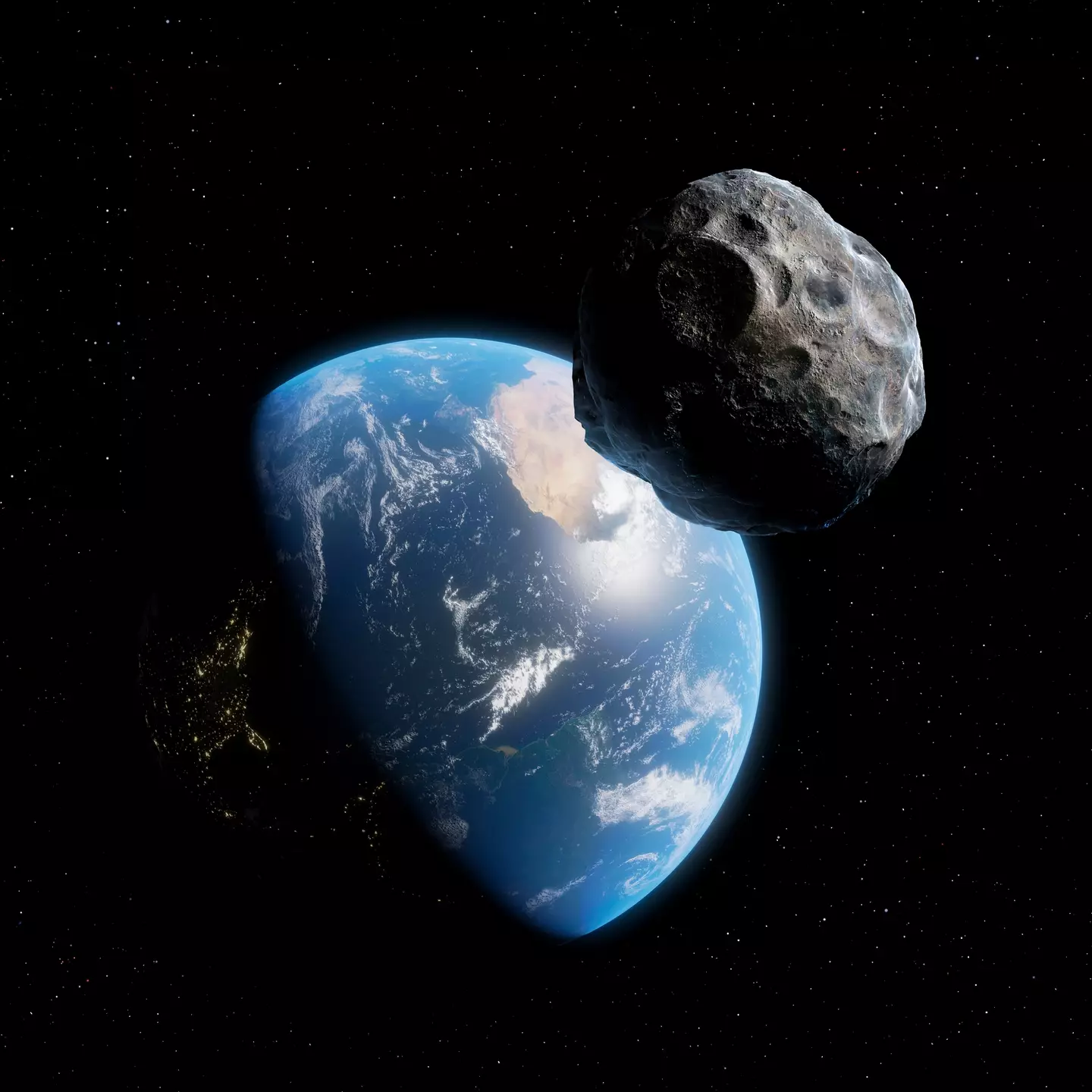

The asteroid has been downgraded to a 1.7 percent chance of collision (Getty Stock)
With the update in mind, the asteroid is now in NASA’s ‘normal’ category on its Torino Scale, compared to ‘meriting attention from astronomers’ when the chance was above three percent.
The NASA website says of items in category 1: “A routine discovery in which a pass near the Earth is predicted that poses no unusual level of danger.
“Current calculations show the chance of collision is extremely unlikely with no cause for public attention or public concern. New telescopic observations very likely will lead to re-assignment to Level 0.”
Featured Image Credit: Tobias Roetsch/Future Publishing via Getty Images
.jpg)
.jpg)
NASA have given an update on the monstrous asteroid that is 2024 YR4.
Described a potentially ‘city-destroying’, the asteroid was first discovered by NASA in December 2024, and they’ve been monitoring it ever since.
Of course the first thing that comes to mind with asteroids like YR4 is its likelihood of it colliding with Earth.
Initially it was said that the giant space object had less than a two percent change of hitting our home planet, but this was later increased to 3.2 percent — making it the biggest threat to Earth in NASA’s history at the time, beating the infamous ‘God of Chaos’ asteroid.
But fear not folks, this has since been dropped back down to a much less worrying 0.004 percent (as of February 2025).
The space agency said in a statement: “As observations of the asteroid continued to be submitted to the Minor Planet Center, experts at NASA Jet Propulsion Laboratory’s (JPL’s) Center for Near-Earth Object Studies were able to calculate more precise models of the asteroid’s trajectory and now have updated its impact probability on Dec. 22, 2032 to only 0.004% and found there is no significant potential for this asteroid to impact our planet for the next century.”
And now, NASA has given another update on YR4 and its size, and apparently the asteroid is bigger than first thought.
.jpg)
.jpg)
The ‘city-destroying’ asteroid is bigger than thought (Getty Stock Image)
Initial estimates given were 131-295 feet (40-90 meters), which came from ‘visible light measurements from ground-based telescopes’, it says.
But NASA now believes YR4 to be 74-220 feet (53-67 meters). They said this is ‘about the size of a 10-story building’.
While there’s a very, very small chance of the astroid hitting Earth, there is a slightly higher chance of it colliding with the Moon.
“Experts at NASA’s Center for Near Earth Object Studies at the agency’s Jet Propulsion Laboratory have updated 2024 YR4’s chance of impacting the Moon on Dec. 22, 2032 from 1.7 percent as of late February to 3.8% based on the Webb data and observations from ground-based telescopes,” NASA explained.

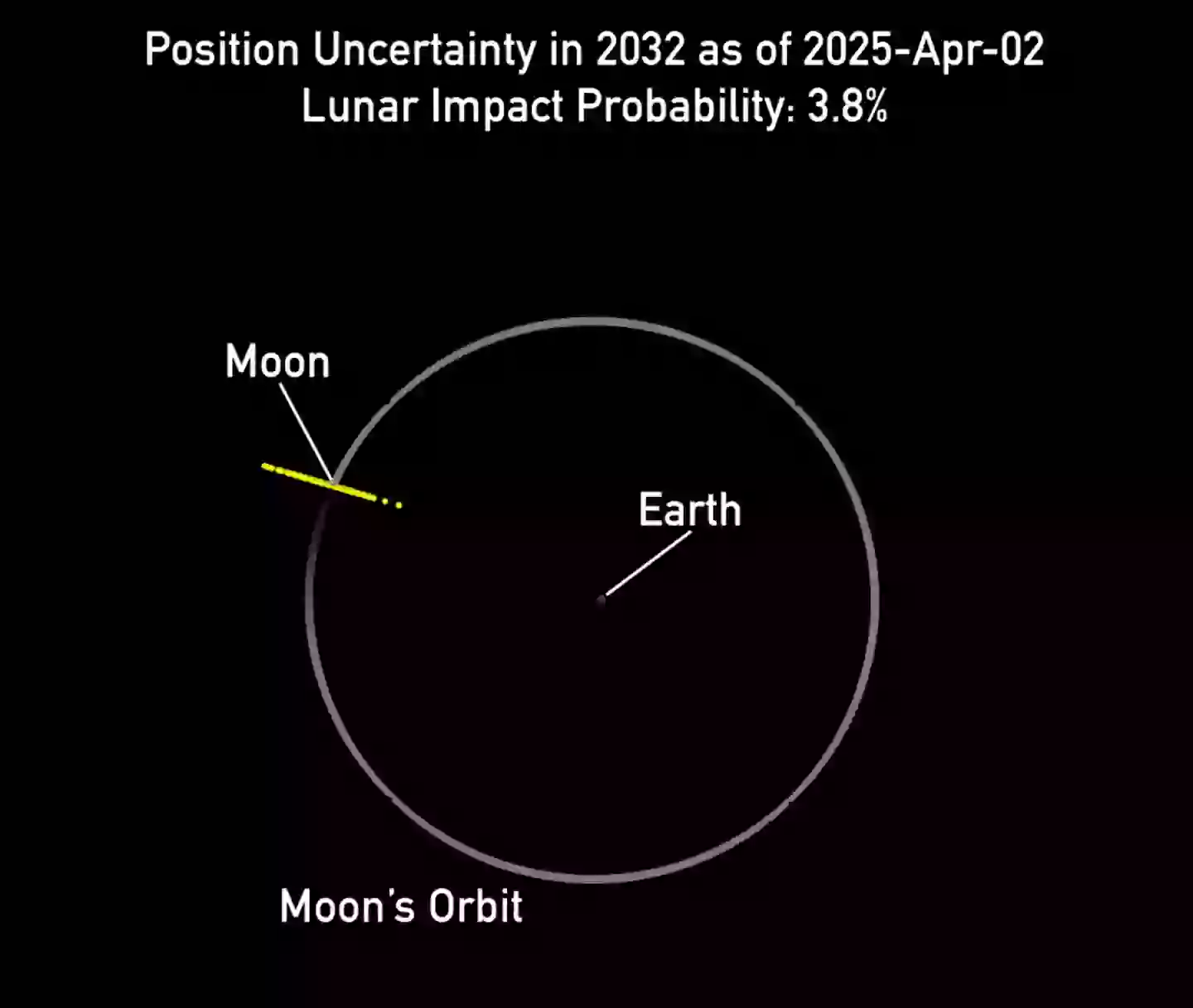
There’s a small chance the asteroid will collide with the Moon (NASA JPL/CNEOS)
The agency added: “There is still a 96.2 percent chance that the asteroid will miss the Moon. In the small chance that the asteroid were to impact, it would not alter the Moon’s orbit.”
Should the asteroid hit the Moon, it would have minimal impact on us.
David Rankin, who works as an operations engineer for the University of Arizona’s Catalina Sky Survey, said of the aftermath of the very unlikely collision: “There is the possibility this would eject some material back out that could hit the Earth, but I highly doubt it would cause any major threat.”
Featured Image Credit: Getty Stock Images


A massively destructive asteroid could be heading straight for Earth right now, but we don’t have the technology to detect it or prevent it, according to an expert.
Asteroid 2024 YR4 has sparked concern, considering just how seriously NASA and other space agencies are taking the space rock.
The asteroid was only discovered on the back end of last year and is reportedly the size of the statue of Liberty but has the capacity to destroy an entire city if it struck the planet.
Astronomers also believe that 2024 YR4 would create a mid-air explosion after colliding with us, which would be around 8 million tons of TNT, and affect a 50-kilometer radius around the site.
The collision is expected to happen in 2032 with NASA’s Center for Near Earth Object Studies (CNEOS) predicting that the chances of the asteroid colliding with our planet is one-in-43, or to be specific, 2.3 percent out of 100.
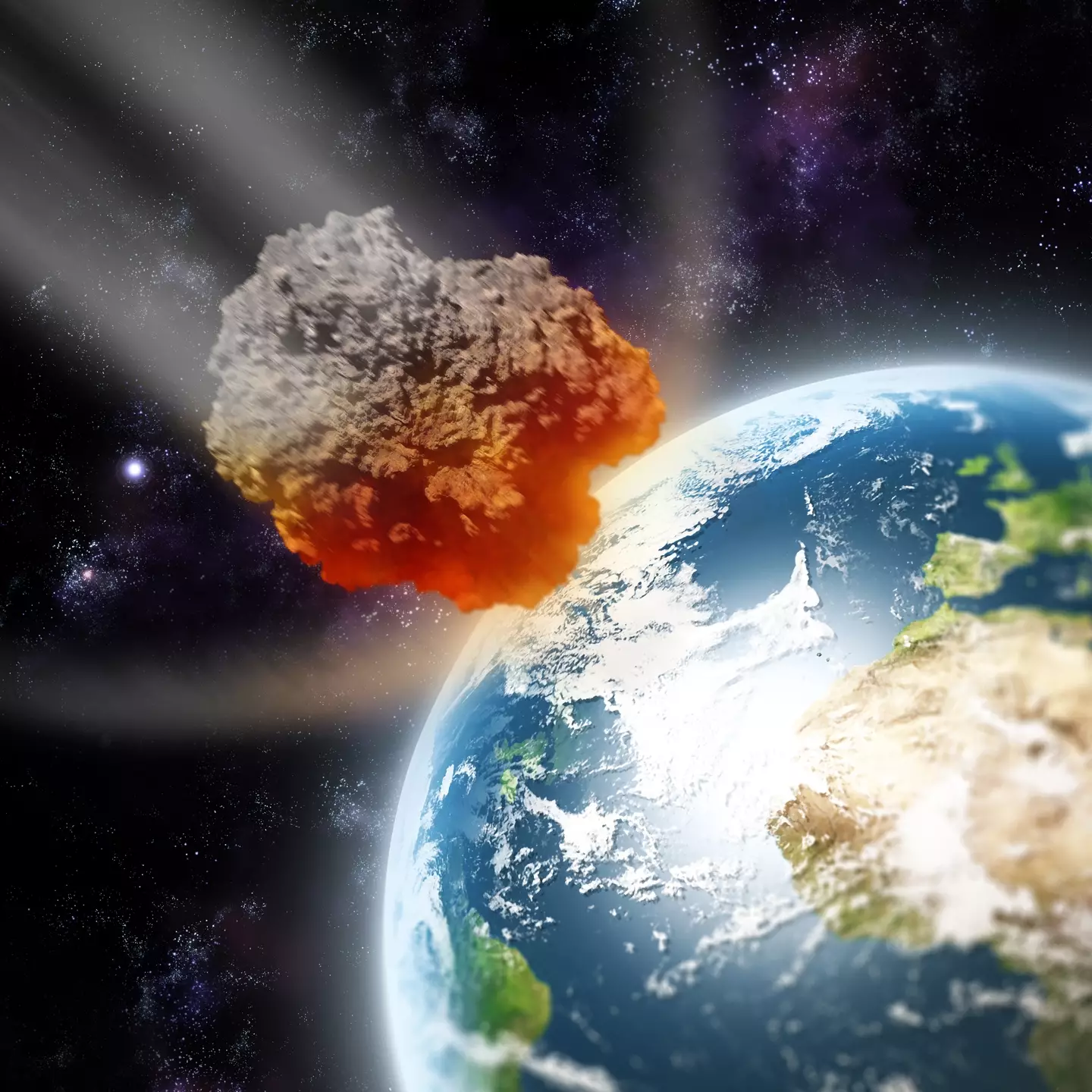

The recently discovered asteroid could do immense damage (Getty Stock Image)
However, a scientist who works with the European Space Agency has warned the space rock or another asteroid could already be coming right at the planet.
Luca Conversi, an ESA scientist spoke to the Sun and warned that limitations could mean there are even bigger threats facing the planet and we simply might not know it.
He said this is because it could be lurking in the Earth’s blind spot. The biggest issue is we still don’t have the tech to let us search the space between Earth and the Sun because it is simply too bright.
Conversi said: “There is a chance that something the size of YR4 is approaching from the Sun, but we just haven’t detected it.”
Speaking of the last major asteroid that struck the planet, he said it simply slipped through the net. The asteroid in question is the Chelyabinsk meteor that burnt up and landed in Russia when it entered the Earth’s atmosphere back in 2013.
.jpg)
.jpg)
The scientist warned we don’t have the tech to view Earth’s ‘blindspot’ effectively (Getty Stock)
He added: “[It went] completely undetected, because it came from the direction of the Sun.
“It didn’t hit anything – but it triggered a sonic boom which shattered all the windows in the nearby town Chelyabinsk.
“Hundreds of people who were watching through windows in their homes were injured by the shattering glass.”
So, if you were worried about 2024 YR4 striking in a few years, you can add the possibility of an unknown asteroid coming out of our blind spot to your list of fears.
Featured Image Credit: Getty Images/Science Photo Library – ANDRZEJ WOJCICKI
Topics: Earth, Space, NASA, Science, Technology
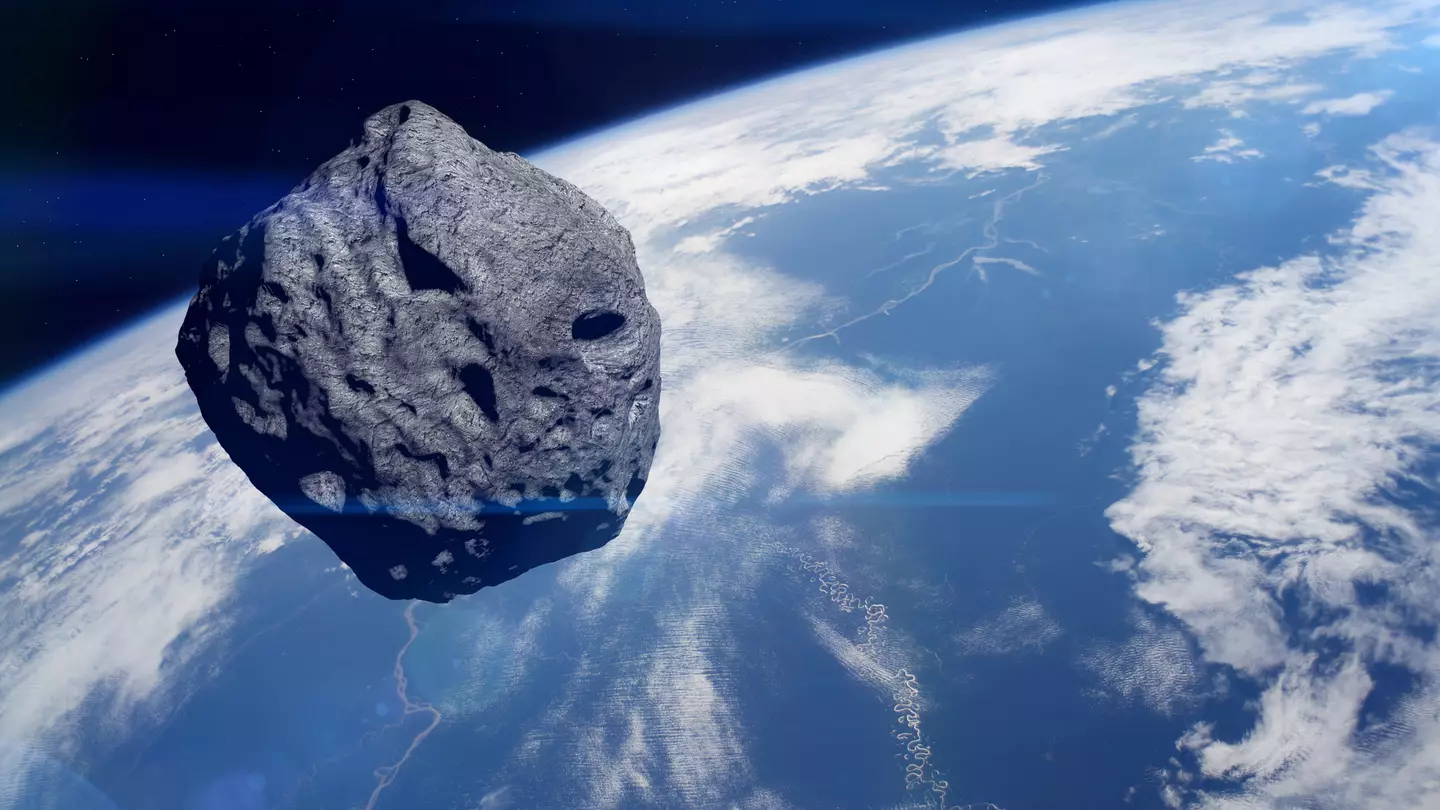

Scientists say a new ‘city-destroying’ asteroid has a higher chance of hitting Earth than they first thought.
NASA found a pretty concerning asteroid in December last year which they’ve gone on to name 2024 YR4.
The space rock was initially spotted by an automated telescope in Chile and has since shot to the the top of the impact risk list maintained by US and European space agencies.
It is feared the asteroid could collide with Earth as early as 2032, with the European Space Agency previously predicting it has a 1.3 percent chance of hitting home on December 22 of that year.
Now, however, experts have upped the odds to 2.2 percent due to new information from telescopes.
Speaking to Yahoo News, Juan L Cano, of the ESA’s Planetary Defence Office, said: “The results are analysed on a daily basis, so we are updating the results every day with observations that are provided.
“We are retrieving that information, the new measurements in order to redo all the calculations on a daily basis. We are reaching the 2 percent today. Yesterday we reached 1.8 percent.”
Astronomers warn the percentage could continue to fluctuate too as new observations are made.
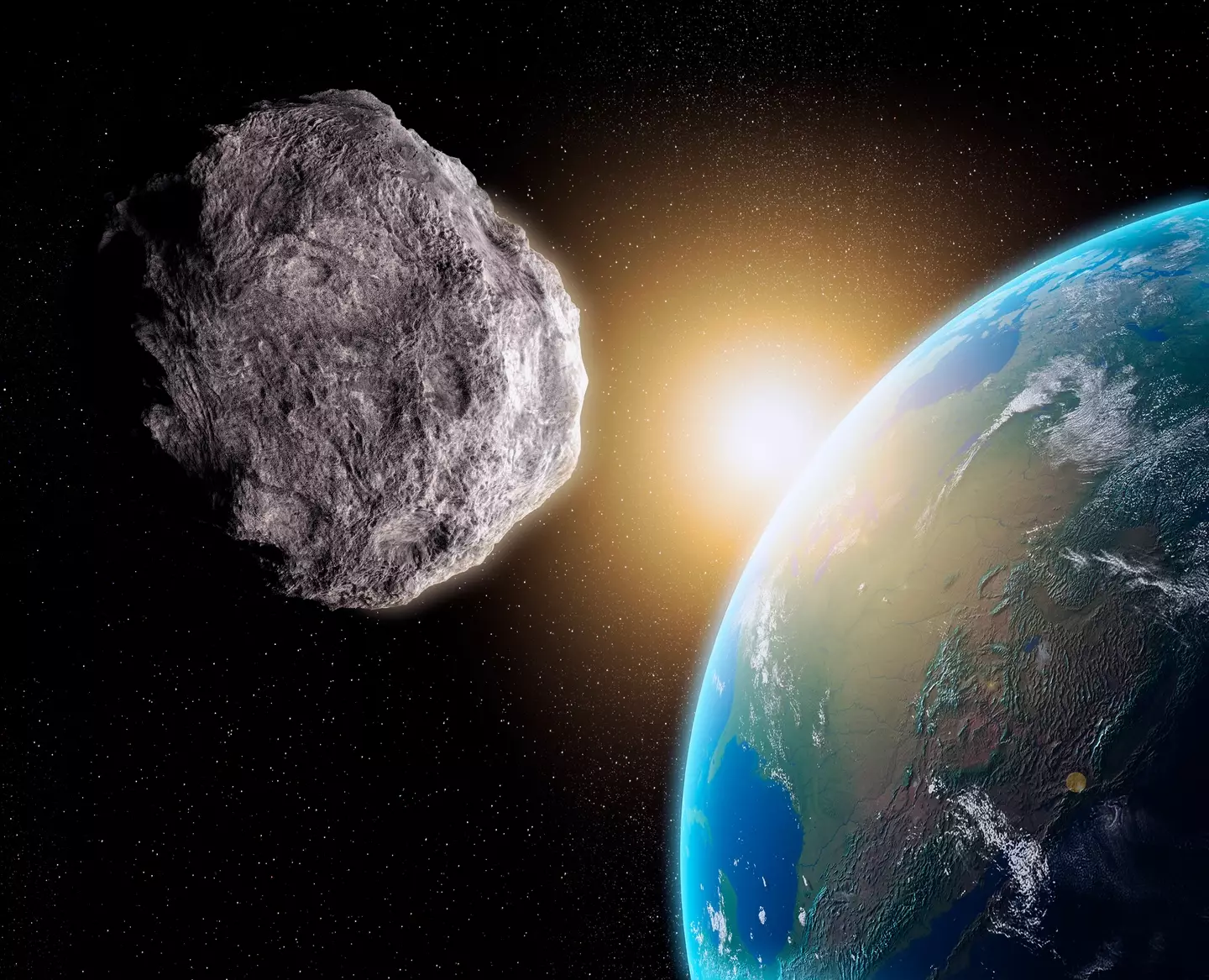

The asteroid could strike earth in 2032 (Getty Images)
If the YR4 asteroid follows the patterns of other asteroids that have threatened Earth in the past, the chances of impact will rise and then fall again, reports CNN Science.
One such asteroid Apophis that was discovered in 2004 was once considered a risk to Earth, but scientists revised the warning in 2021 after examining its orbit.
So the more the space boffins can observe YR4, the more they can determine its size, trajectory and it’s possibility of colliding with Earth.
The blog post on the subject by NASA reads: “As more observations of the asteroid’s orbit are obtained, its impact probability will become better known. It is possible that asteroid 2024 YR4 will be ruled out as an impact hazard, as has happened with many other objects that have previously appeared on NASA’s asteroid risk list, maintained by NASA’s Center for Near-Earth Object Studies.”
The International Asteroid Warning Network is continuing to monitor and track the asteroid as it will be visible throughout April. However, after that, if will be ‘too faint to observe’ up until June 2028.

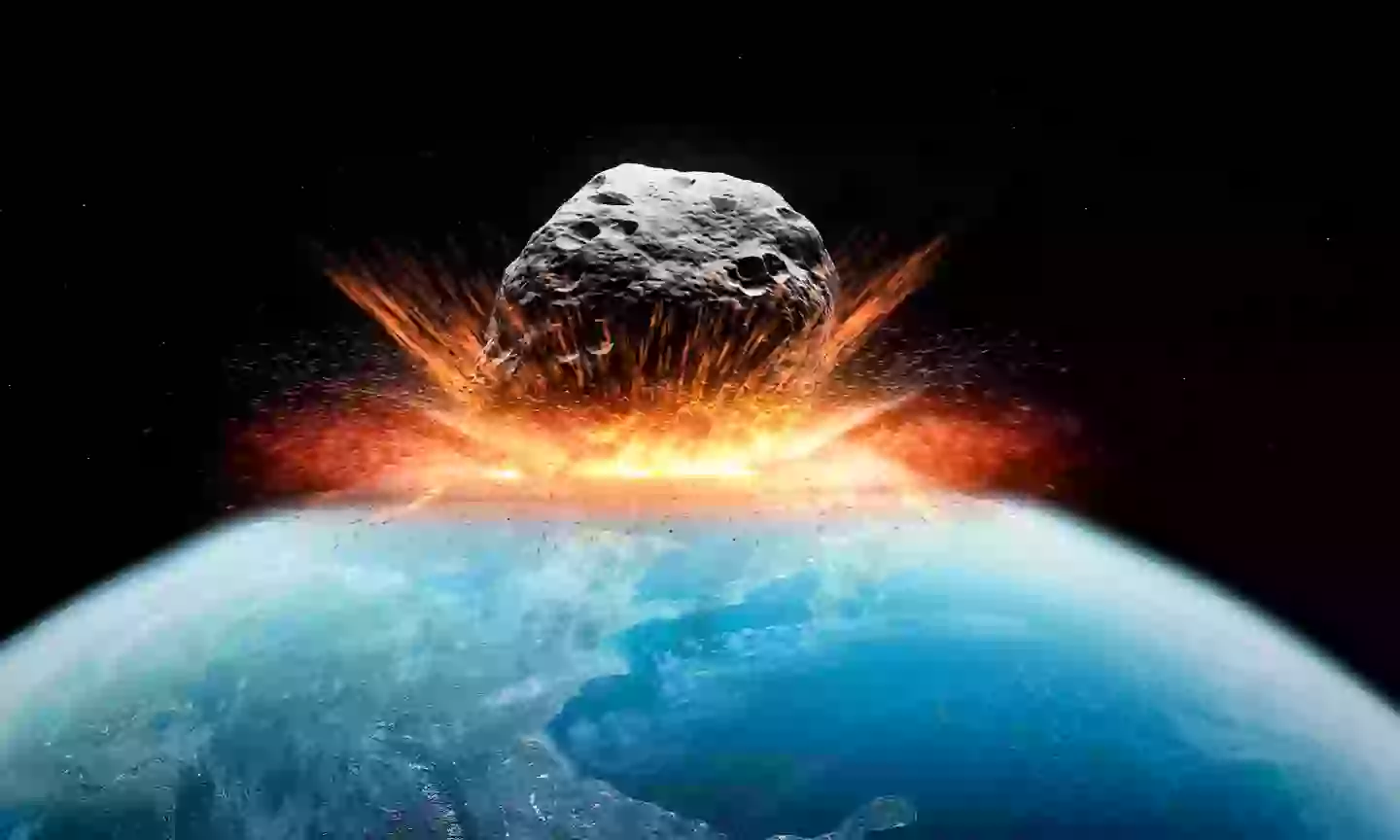
Scientists stress the asteroid is still unlikely to strike (Getty Images)
According to experts, YR4 is estimated to be around 100 meters wide and could cause city-sized destruction if it was to strike.
However, Colin Snodgrass, a professor of planetary astronomy at the University of Edinburgh, essentially said we shouldn’t worry too much about it.
“Most likely this one will pass by harmlessly,” he said. “It just deserves a little more attention with telescopes until we can confirm that. The longer we follow its orbit, the more accurate our future predictions of its trajectory become.”
NASA also stresses the asteroid hitting Earth remains an ‘extremely low possibility’.
Speaking to Space.com, survey engineer Catalina Sky and asteroid hunter David Rankin also said similar calming messages.
The pair said: “People should absolutely not worry about this yet. Impact probability is still very low, and the most likely outcome will be a close approaching rock that misses us.”
